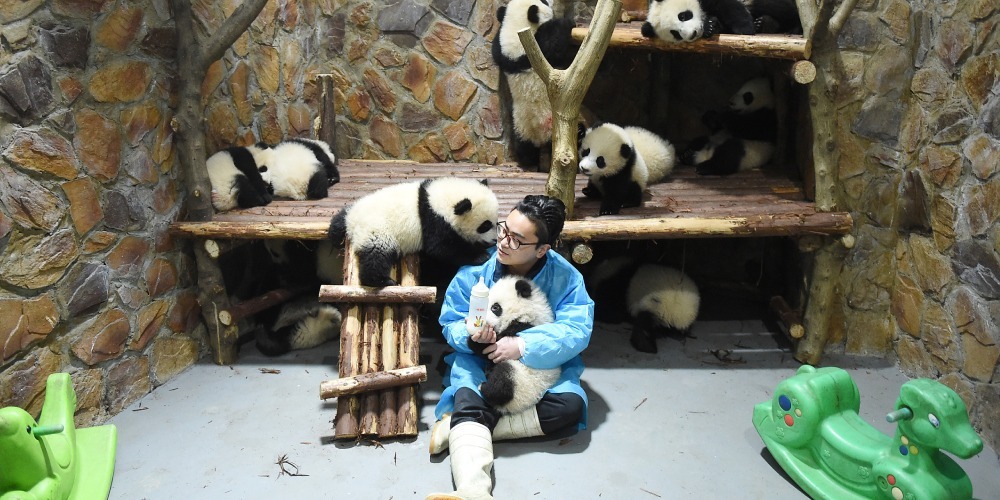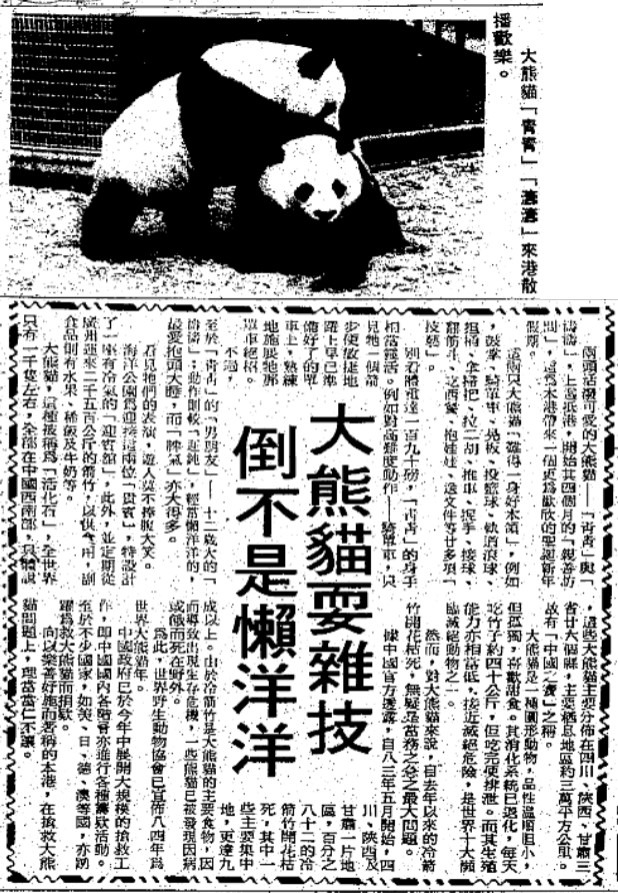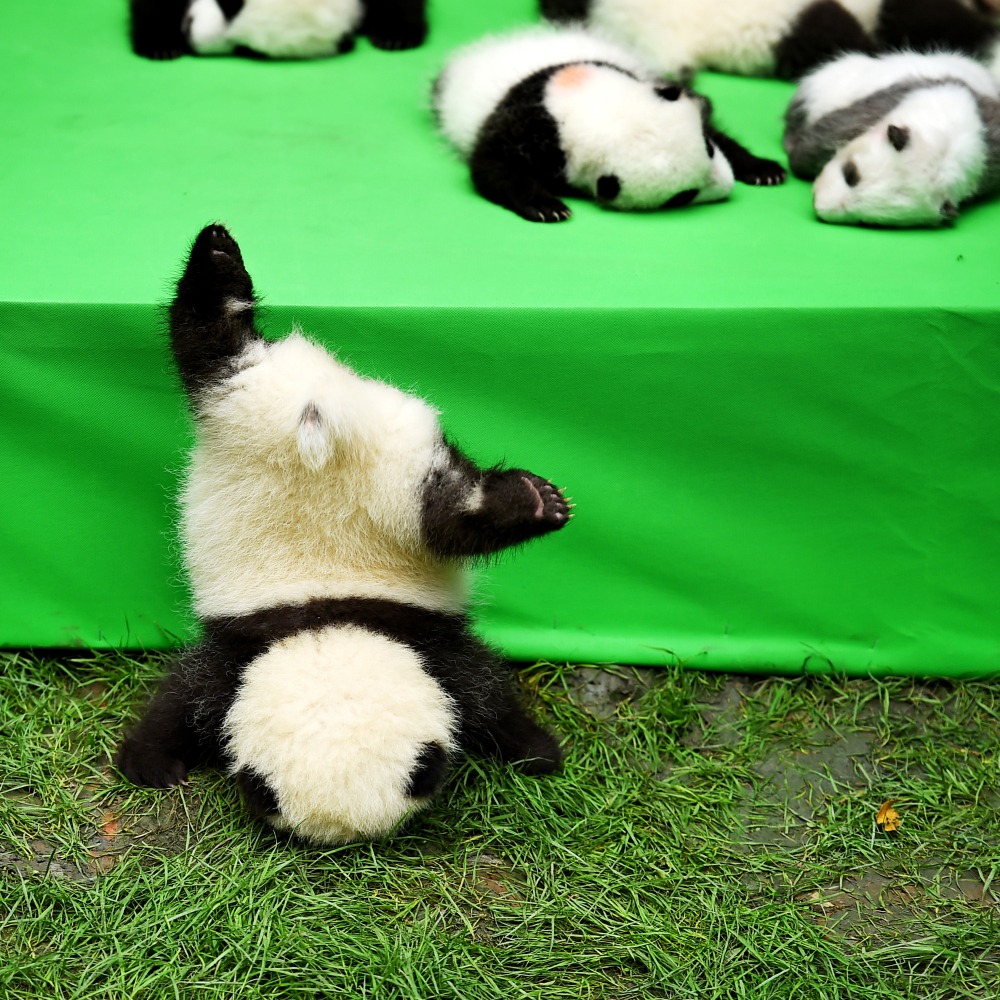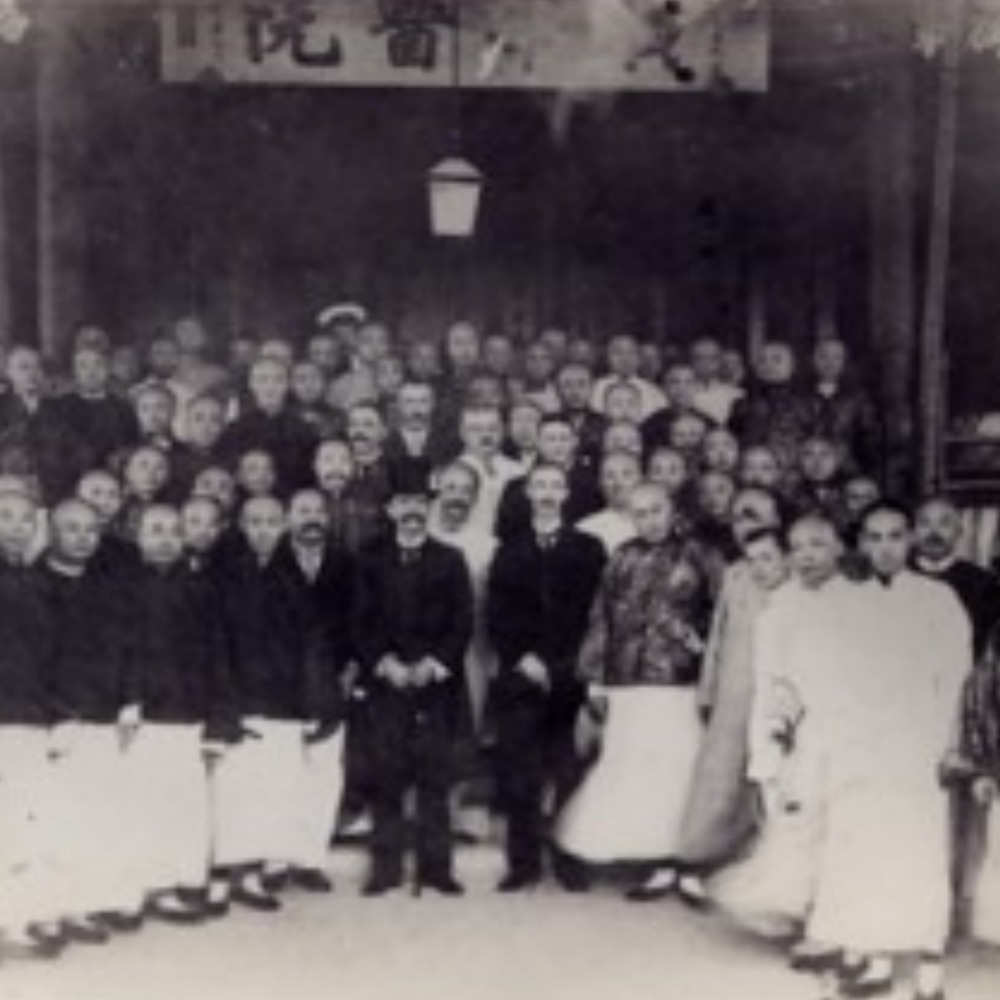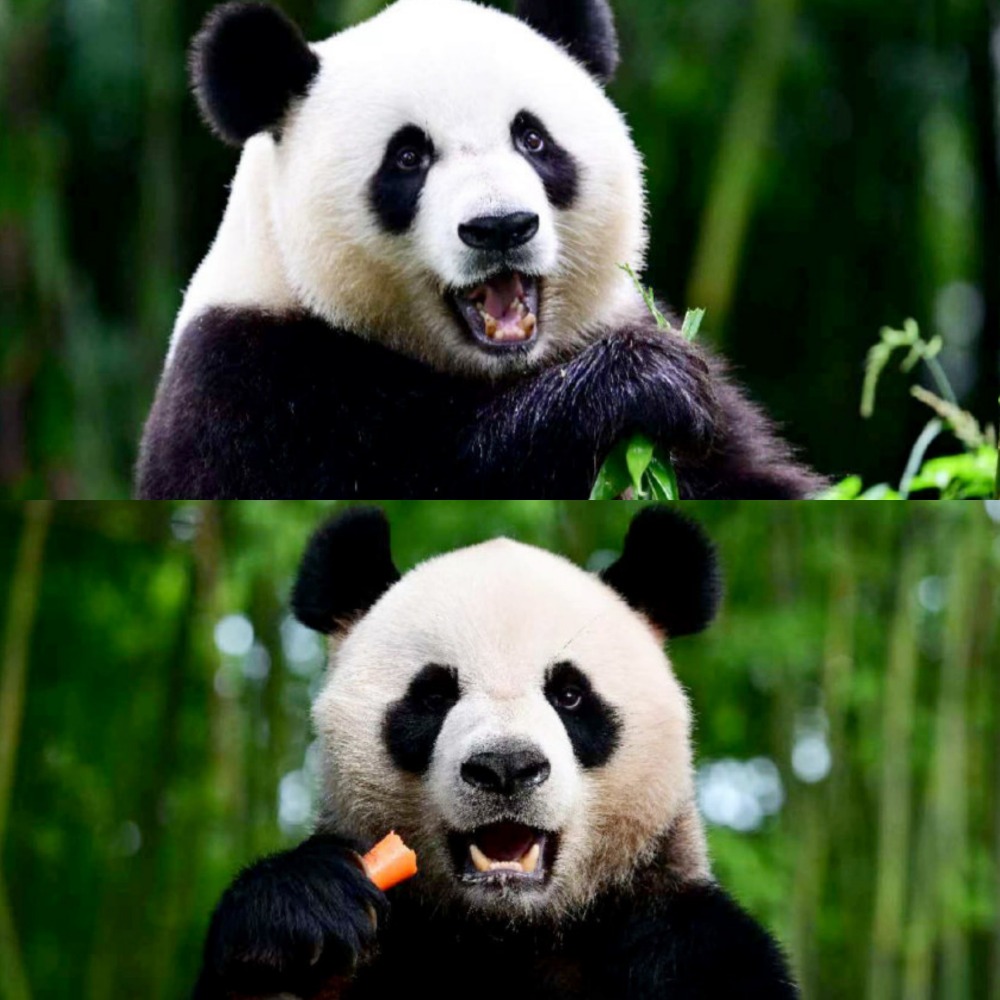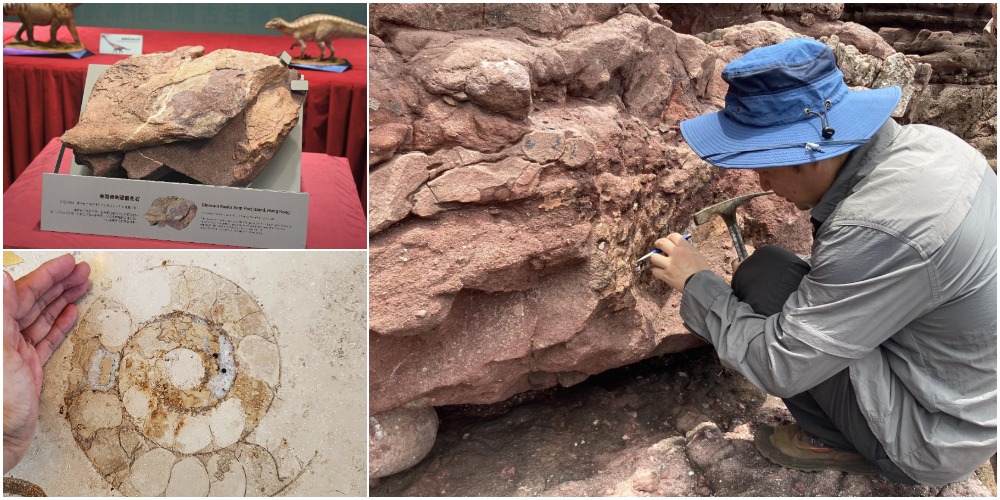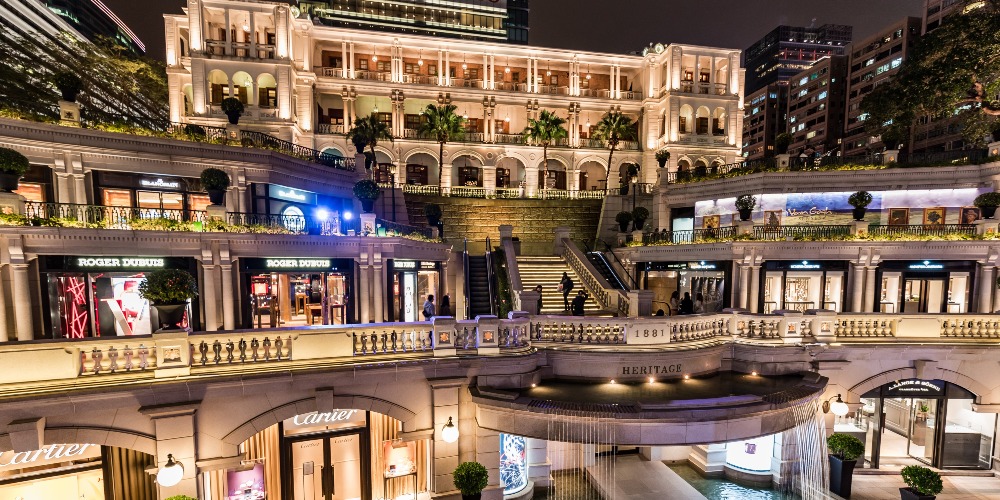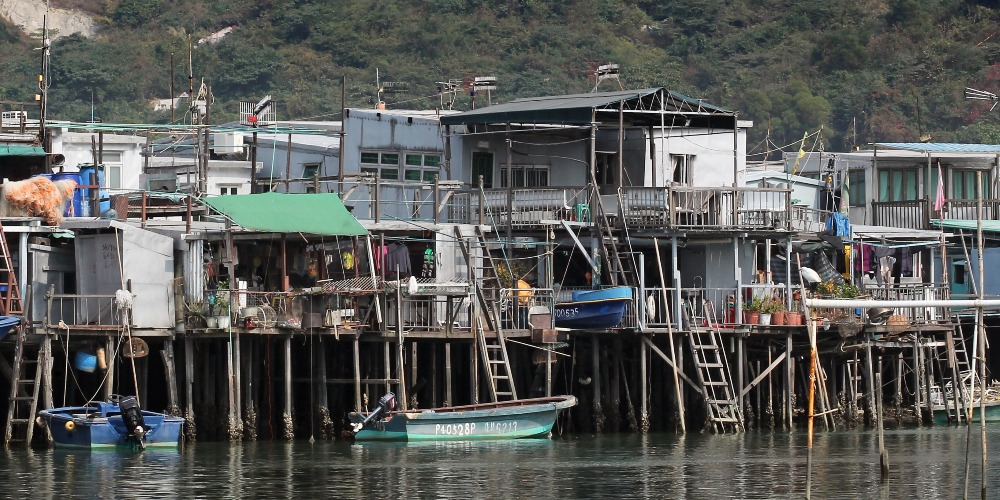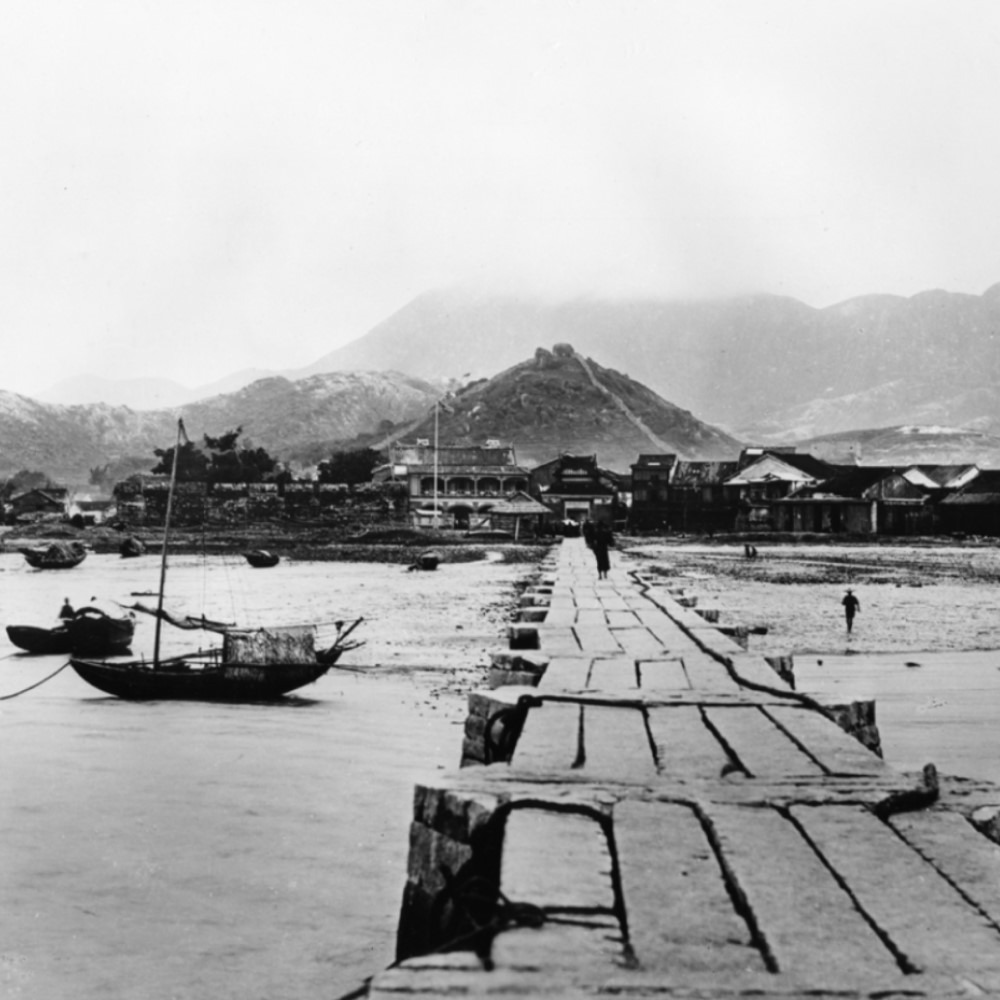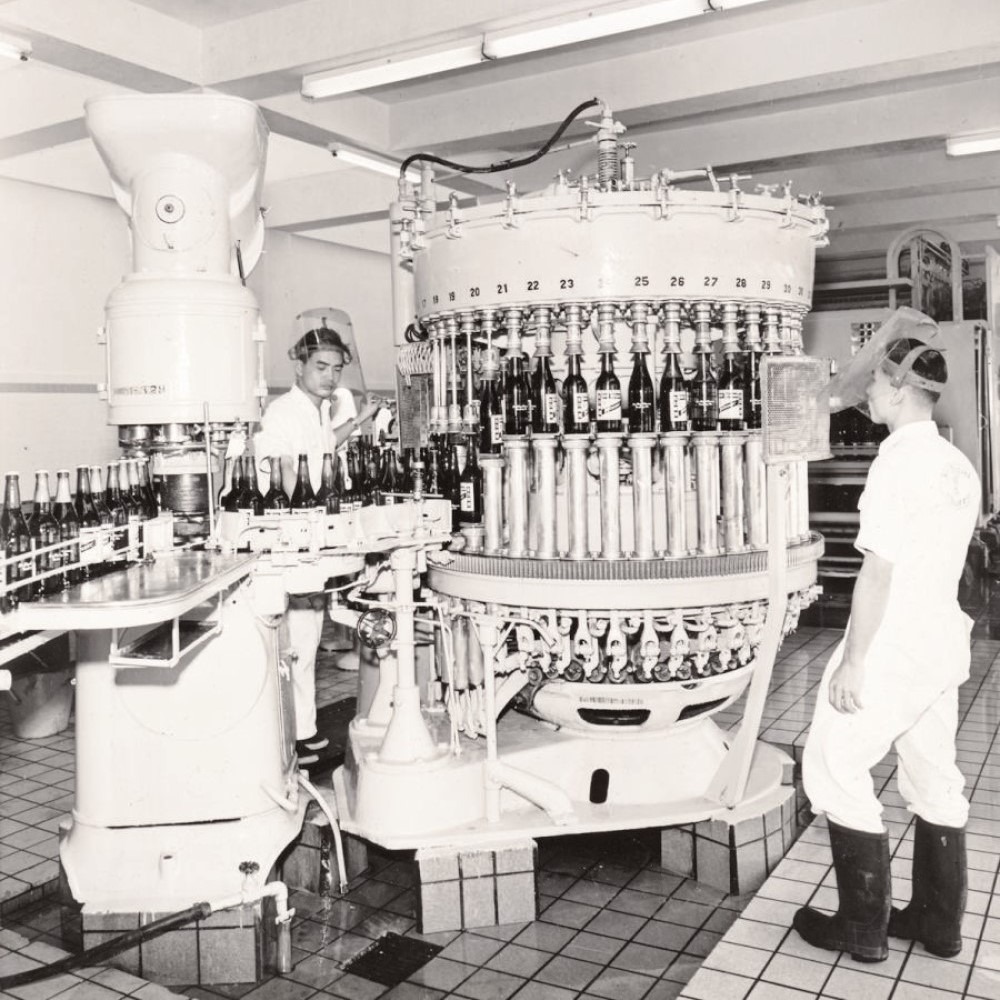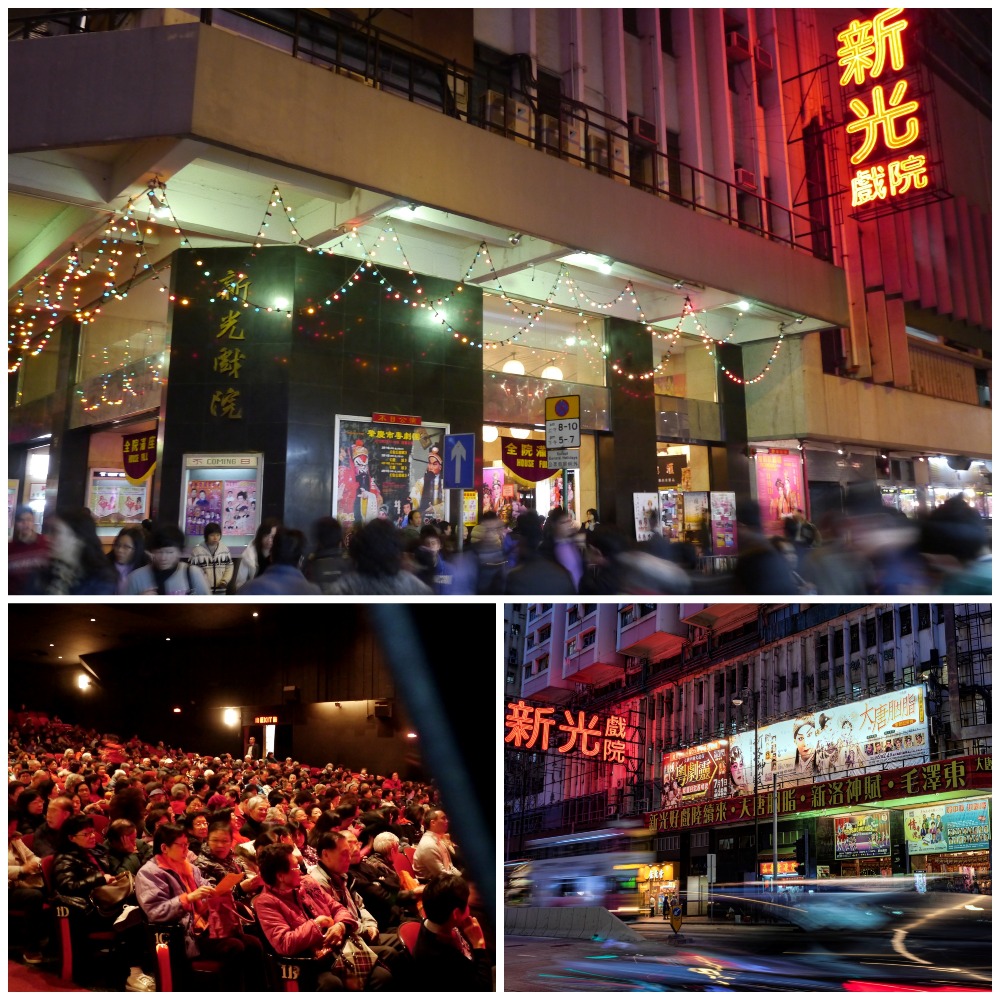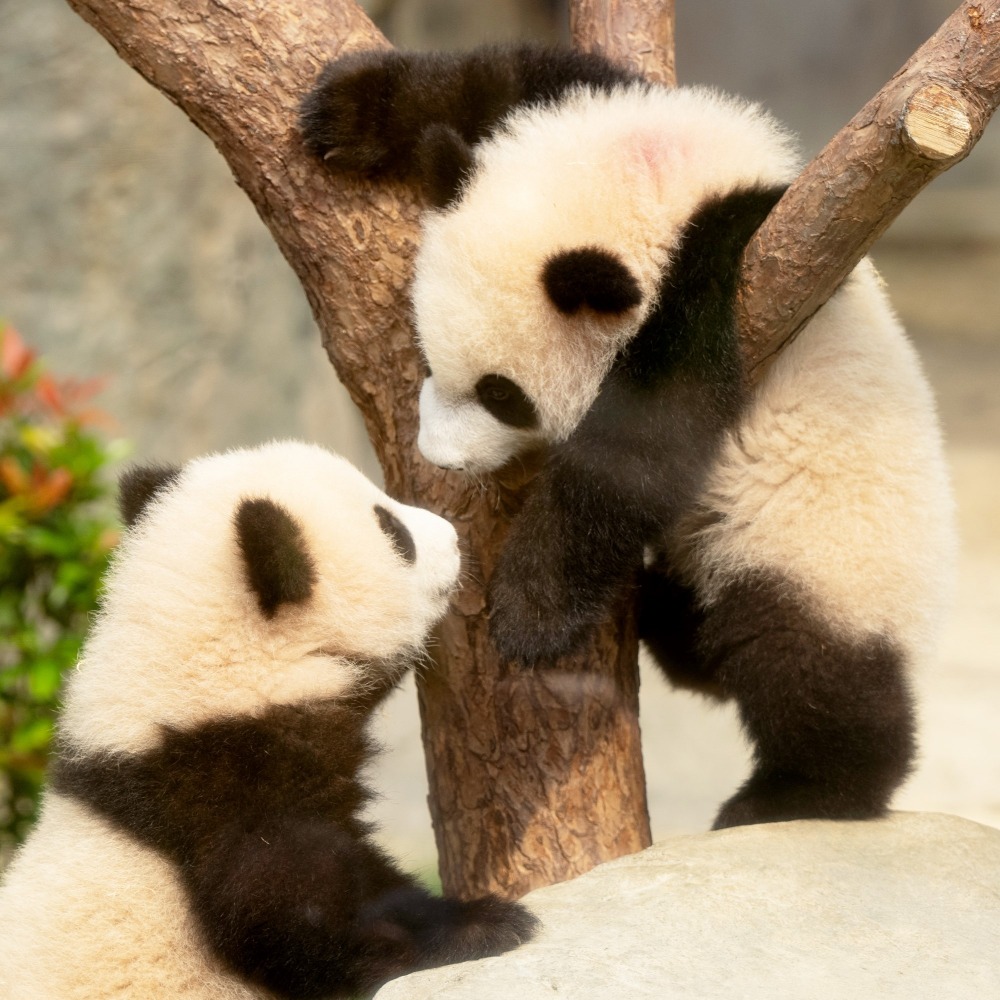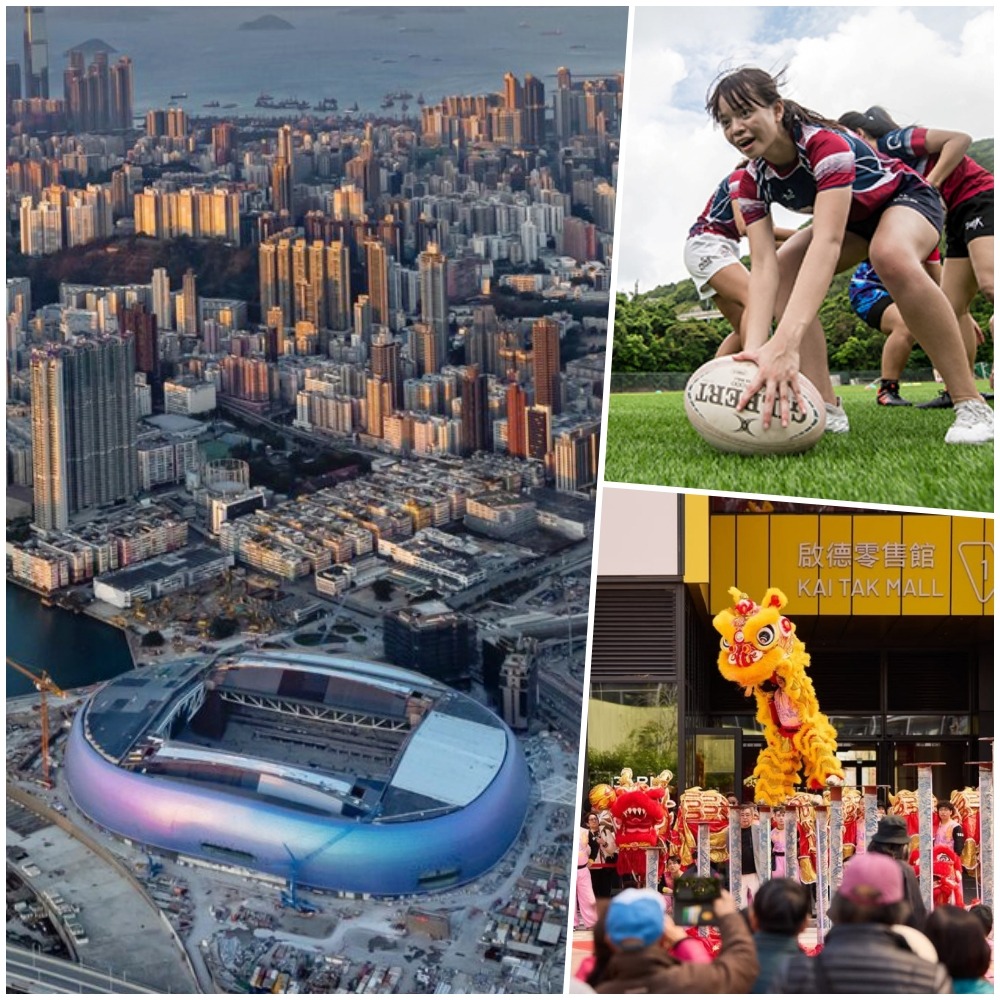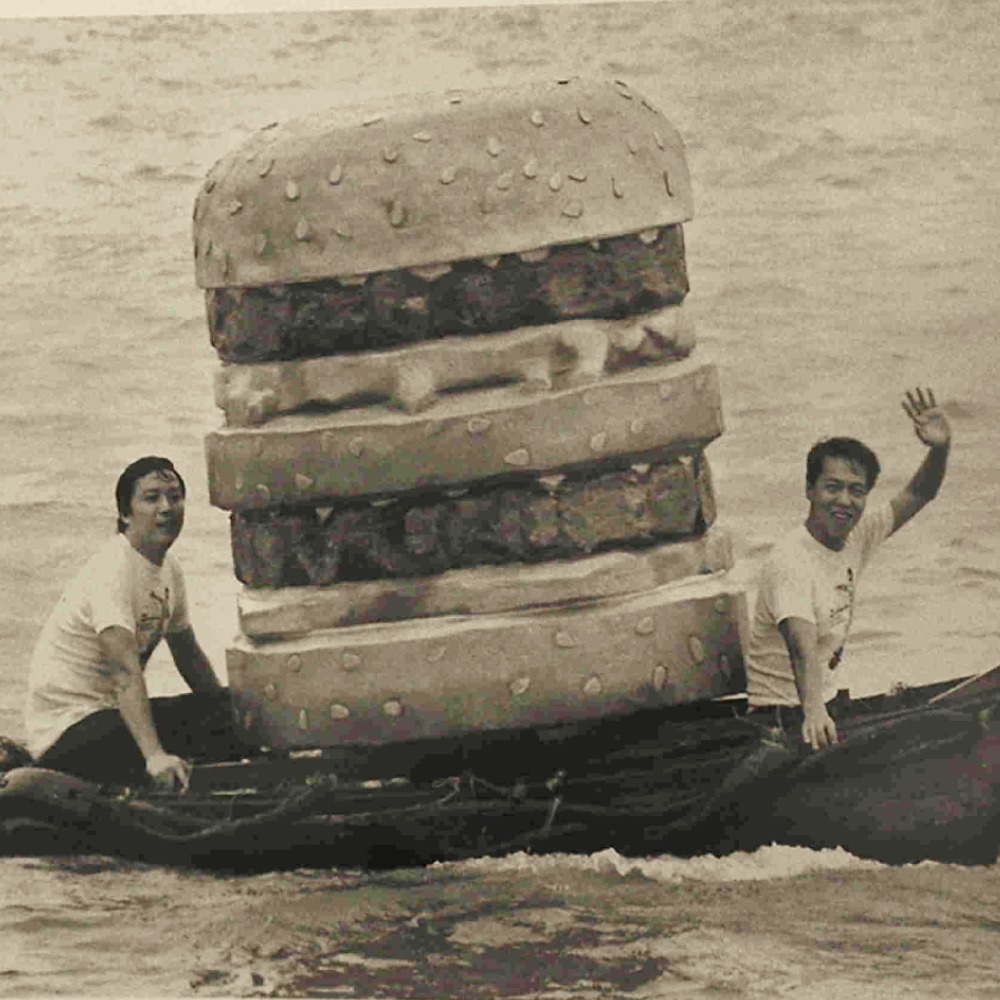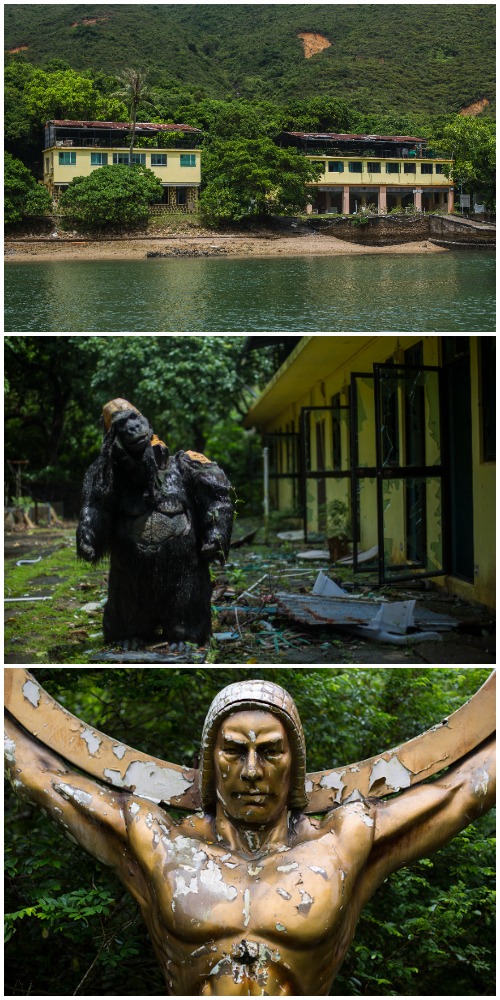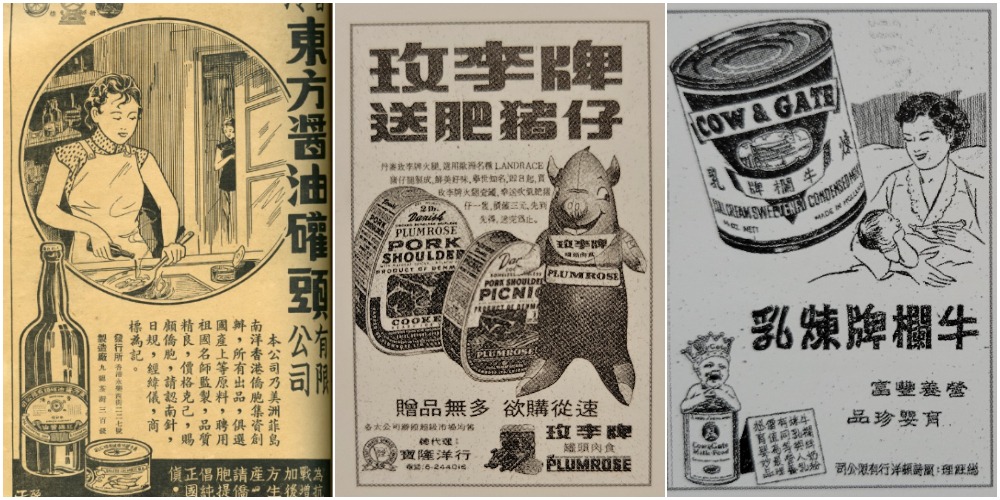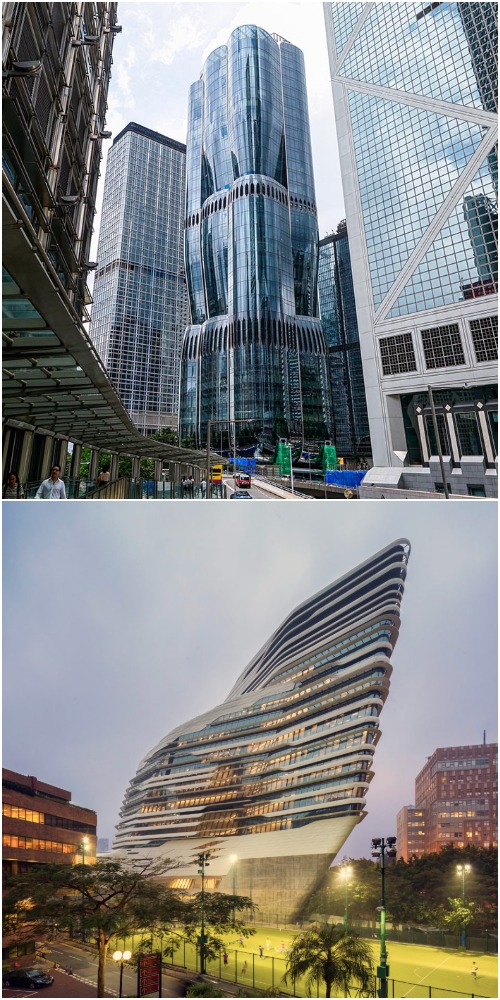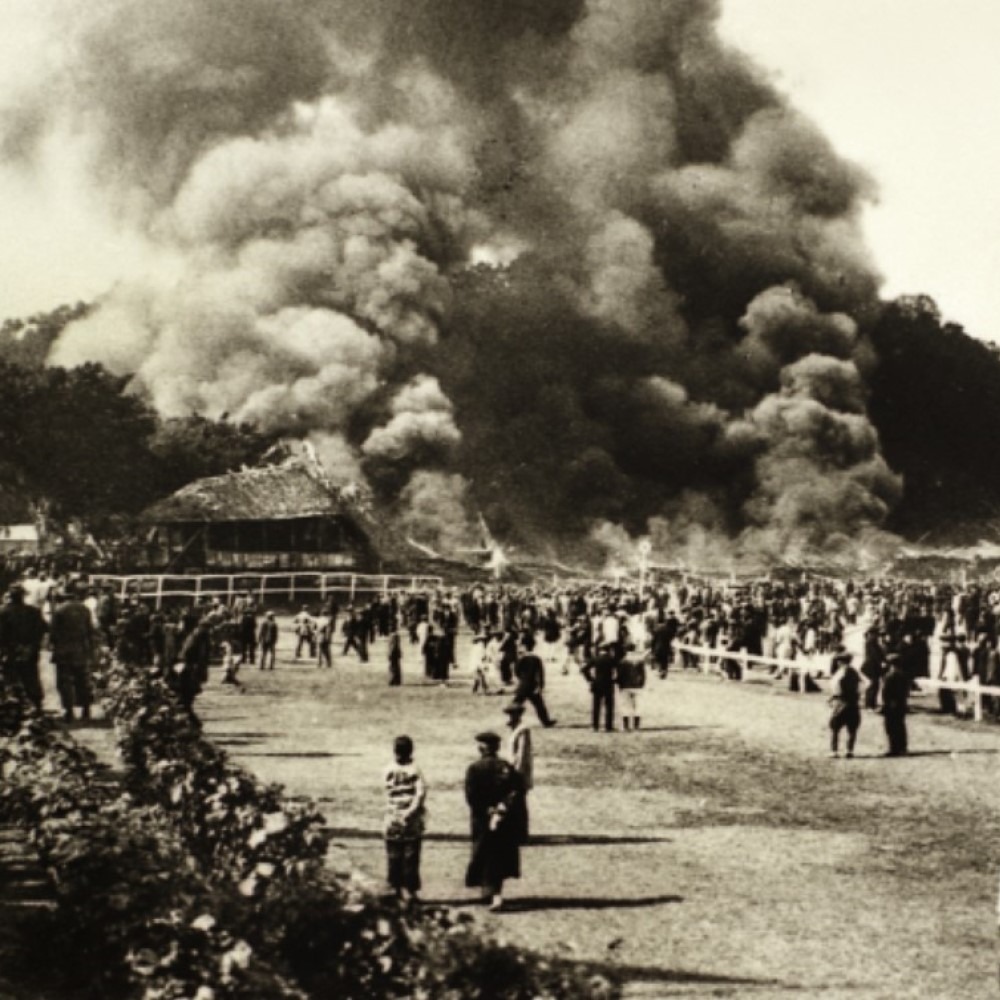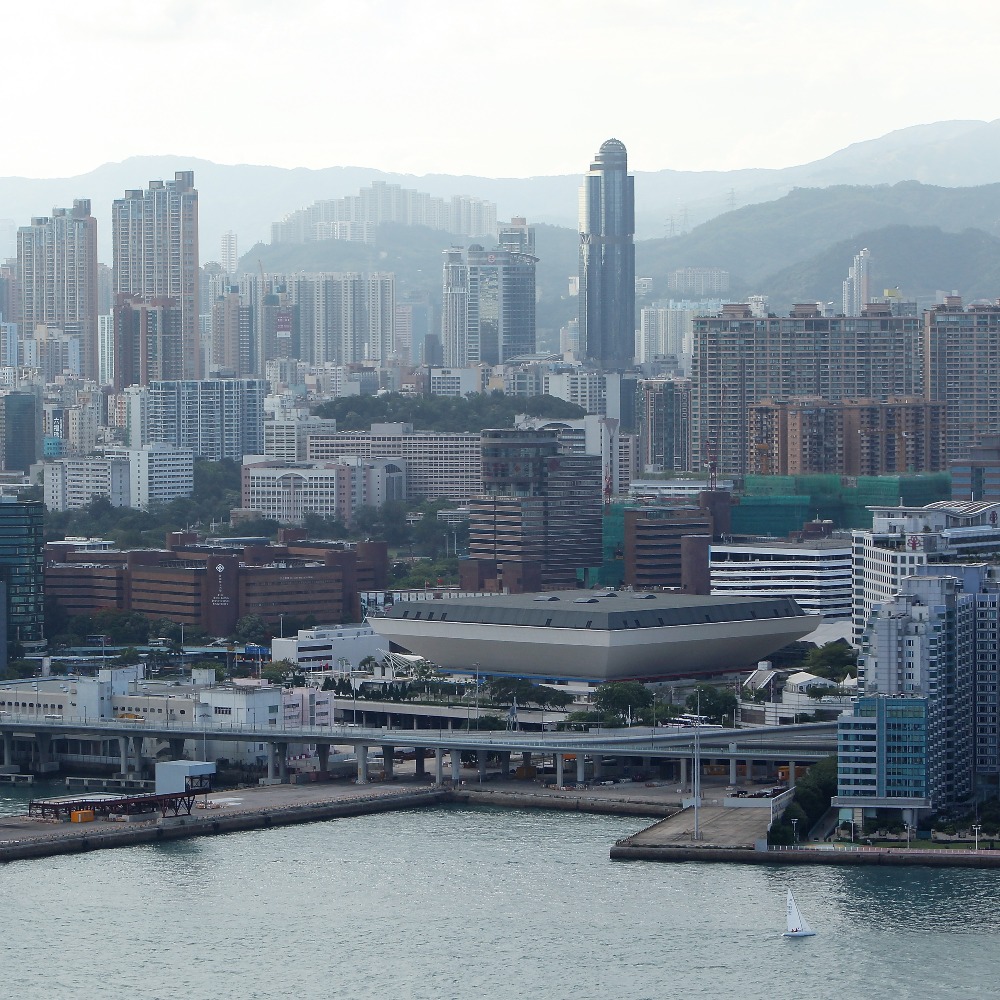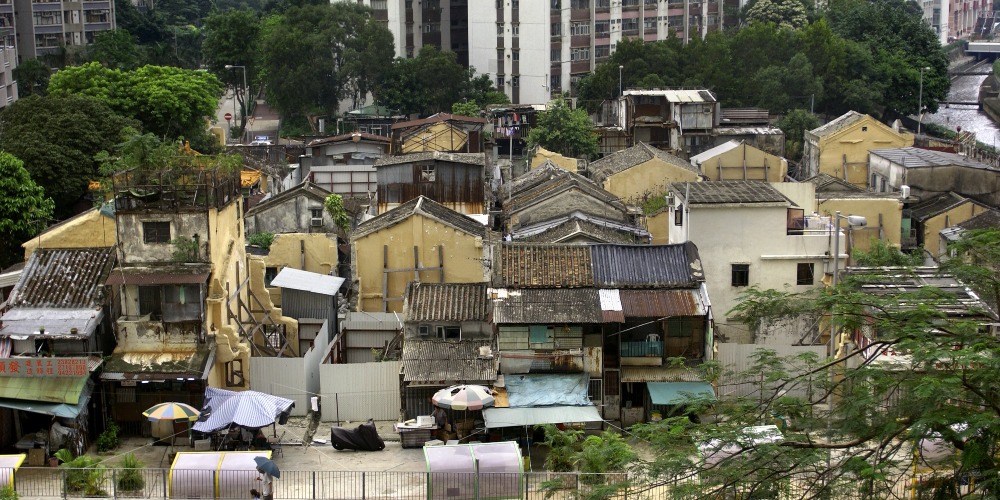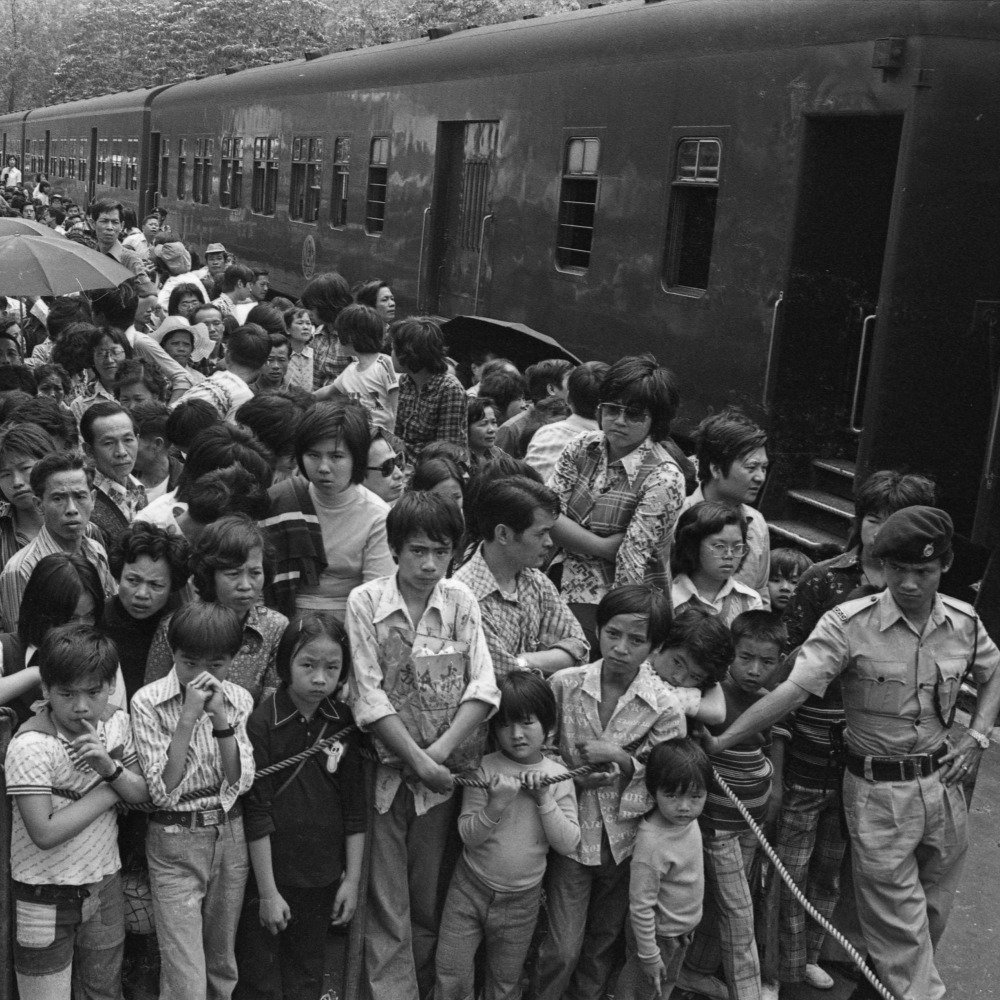Published : 2024-09-11
A pair of locally born panda twins at Ocean Park Hong Kong are about to turn one month old. Many Hong Kong residents are eagerly anticipating the chance to meet baby pandas at Ocean Park in February next year.
The Central Government of China has given Ocean Park several pandas as gifts, but the famous pair that arrived in Hong Kong in 1999, "An An" and "Jia Jia," were actually not the first pandas to stay at Ocean Park—that honour goes to another "bear"!
Giant pandas moved into Ocean Park as early as 1977
The panda is a national treasure of China and an endangered species. Before Hong Kong's return to motherland in 1997, it was not easy for Hong Kong residents to get a glimpse of a panda in person.
Since 1999 and 2007, the Central Government of China has gifted Hong Kong the pandas "An An," "Jia Jia," "Ying Ying," and "Le Le." Now people don't have to travel far to see these national treasures—they can see them at Ocean Park.
In fact, before "An An" and "Jia Jia" arrived in Hong Kong, Ocean Park already had experience hosting pandas. As early as 1978, the park welcomed a pair of pandas named "Bao Ling"(寶玲) and "Bao Li" (寶莉) . Strictly speaking, they were the first pandas to live in Ocean Park.
Read more: Warm memories of pandas gifted to HK by central government
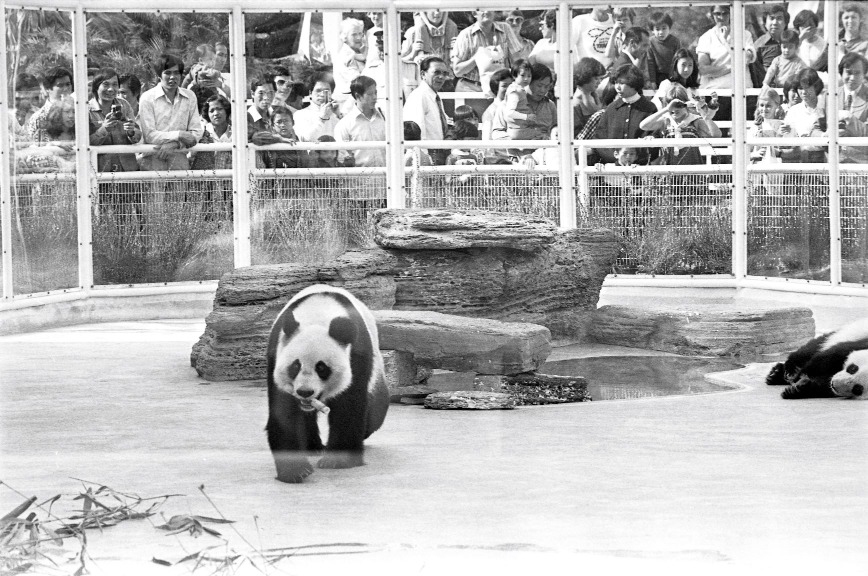
Guangzhou Zoo lent pandas to Ocean Park for a 3-month exhibition
According to an interview with Ocean Park Chairman Fung Ping-fan at the time, since the park's opening in 1977, he had always hoped to see pandas in the park and repeatedly expressed this wish to the Mainland.
In 1978, when China was embarking on the Reform and Opening-up, Fung received a promise from Guangzhou Zoo in September to lend a pair of pandas to Hong Kong for a three-month exhibition.
Although "Bao Ling" and "Bao Li" were only visiting, not settling permanently, Ocean Park still took it seriously and built a panda pavilion with good ventilation at the old nursery location on the mountain.
Read more: Panda diplomacy witnesses the thaw of China-U.S. relations
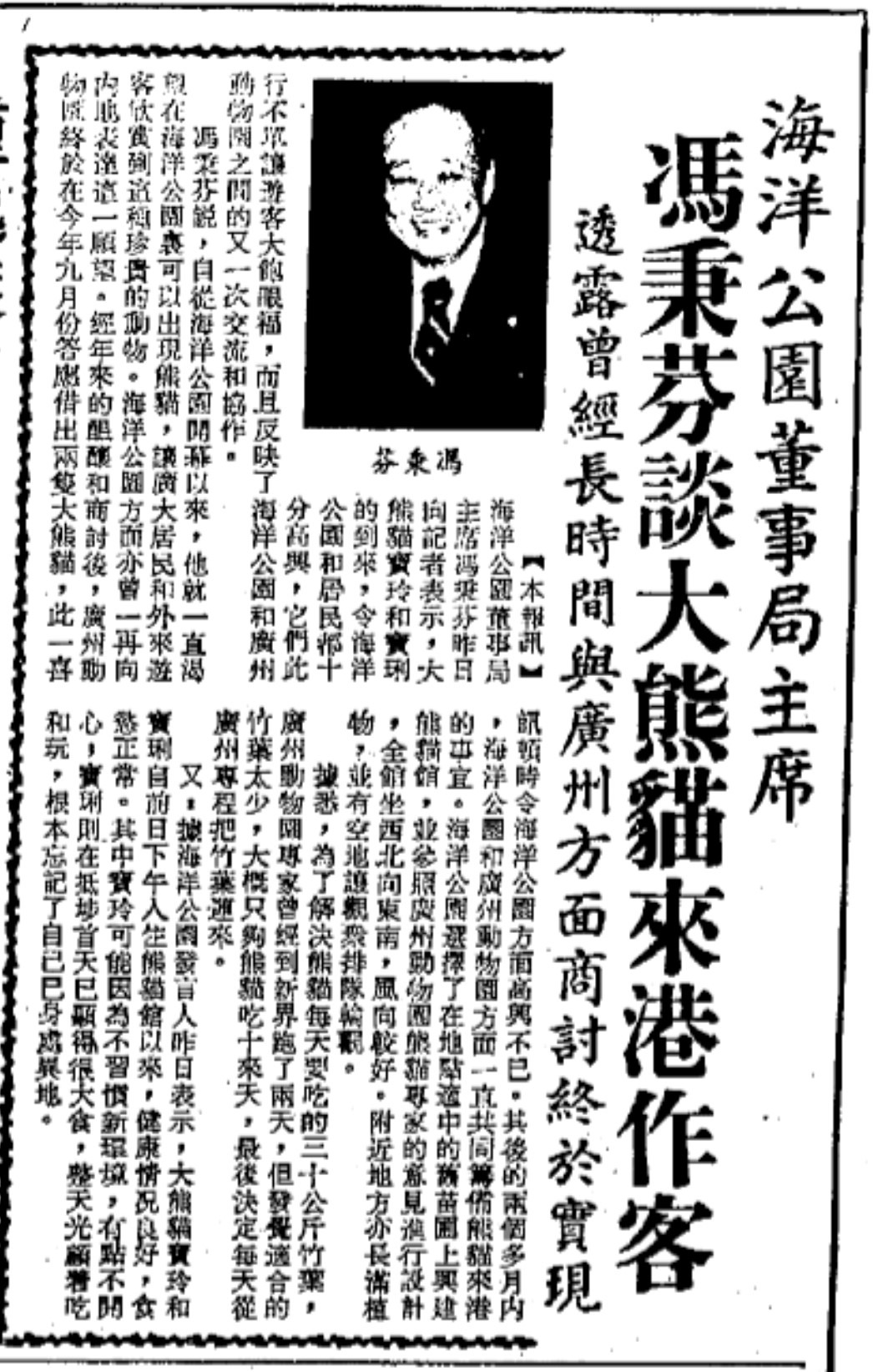
Ocean Park sent a giraffe to Guangzhou Zoo in return
When the Panda Pavilion opened, it attracted many local residents and foreign tourists. The charm of these national treasures was extraordinary, attracting over 750,000 visits in just three months. Visiting the pandas at Ocean Park became a hot topic of the year, and a collective memory for many.
As a gesture of reciprocity, Ocean Park gifted a female giraffe to the Guangzhou Zoo, in appreciation for the loan of the pandas and to encourage interaction between the two parks.
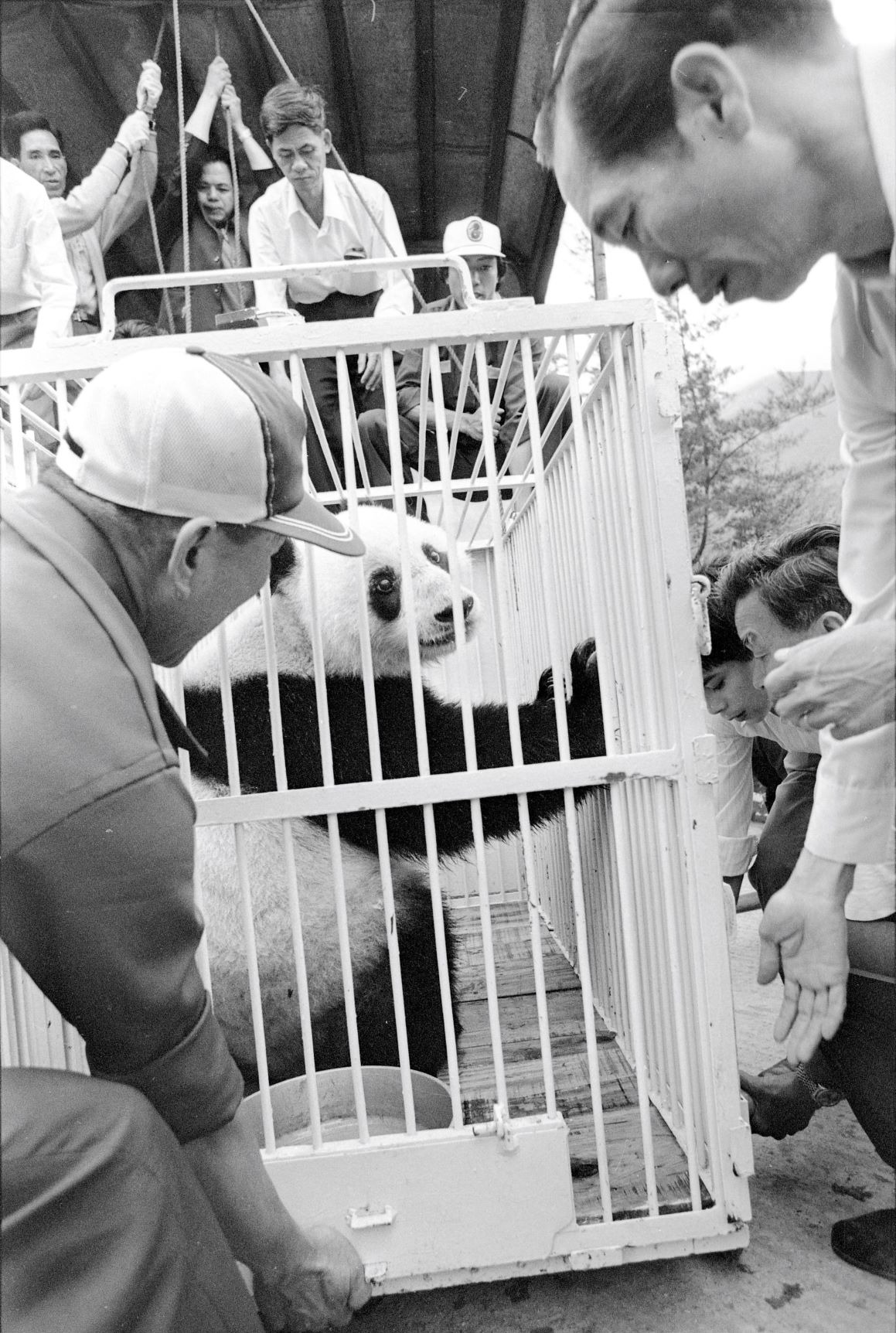
Fuzhou Zoo lent pandas to Hong Kong for a 5-month exhibition in 1984
In December 1984, when the future of Hong Kong was decided, the governments of China and the UK signed the "Sino-British Joint Declaration."
The same month, Ocean Park borrowed the pandas "Qing Qing" (青青) and "Tao Tao" (濤濤) for display from Fuzhou Zoo in Mainland China. This time, the exhibition lasted for five months.
The then manager of Ocean Park, Tang Kin-si, described, "1984 is an important year for Hong Kong, and this panda exhibition is the best start."
Read more: Deng Xiaoping and Margaret Thatcher discuss the "Sino-British Joint Declaration"
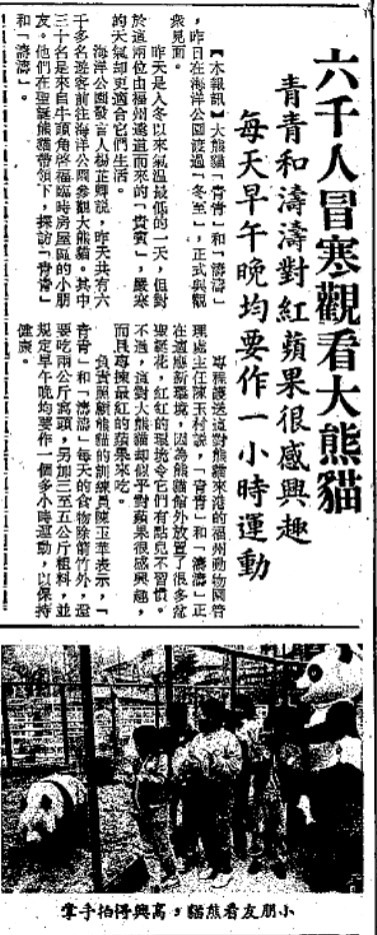
Massive bamboo shortage threatened survival of pandas
1984 was significant not only for Hong Kong but also for the pandas.
From 1983 to 1984, a large-scale die-off of bamboo, the main food source for pandas, threatened their survival in their habitat in Sichuan.
Reports show that over 82% of the "Cold Arrow Bamboo," the main panda diet, died off in Sichuan and Shaanxi. Some pandas were found starved in the wilderness, and the Mainland government was actively conducting rescue operations.
In response, the predecessor of the World Wildlife Fund, the World Wildlife Association, declared 1984 as the "Year of the Panda." Many countries around the world made efforts to fundraise for panda conservation, and experts in China and overseas initiated collaboration.
The panda conservation project was the first wild animal conservation project that Mainland China collaborated internationally. Displaying pandas in Hong Kong at this time also had educational and conservation significance.
Read more: "Father of Pandas" Pan Wenshi: At the forefront of contemporary Chinese conservation
No more forcing animals to perform for human amusement
In the past, the society didn't value animal conservation as it does today, and zoo animals were somewhat responsible for performances.
For instance, the pandas "Qing Qing" and "Tao Tao," lent from Fuzhou Zoo for exhibition in Hong Kong those years, were trained to high-five, somersault, cycle, play basketball, and even play the erhu—they were highly "skilful."
However, as society has become more civilised, many places have banned forcing animals to perform to entertain humans. The lazy and privileged lives that pandas lead today are the best proof of this.
